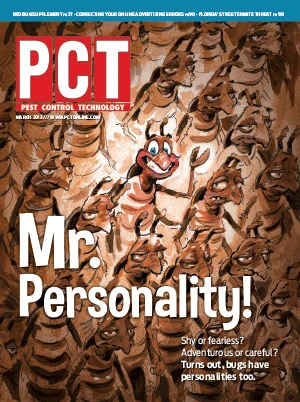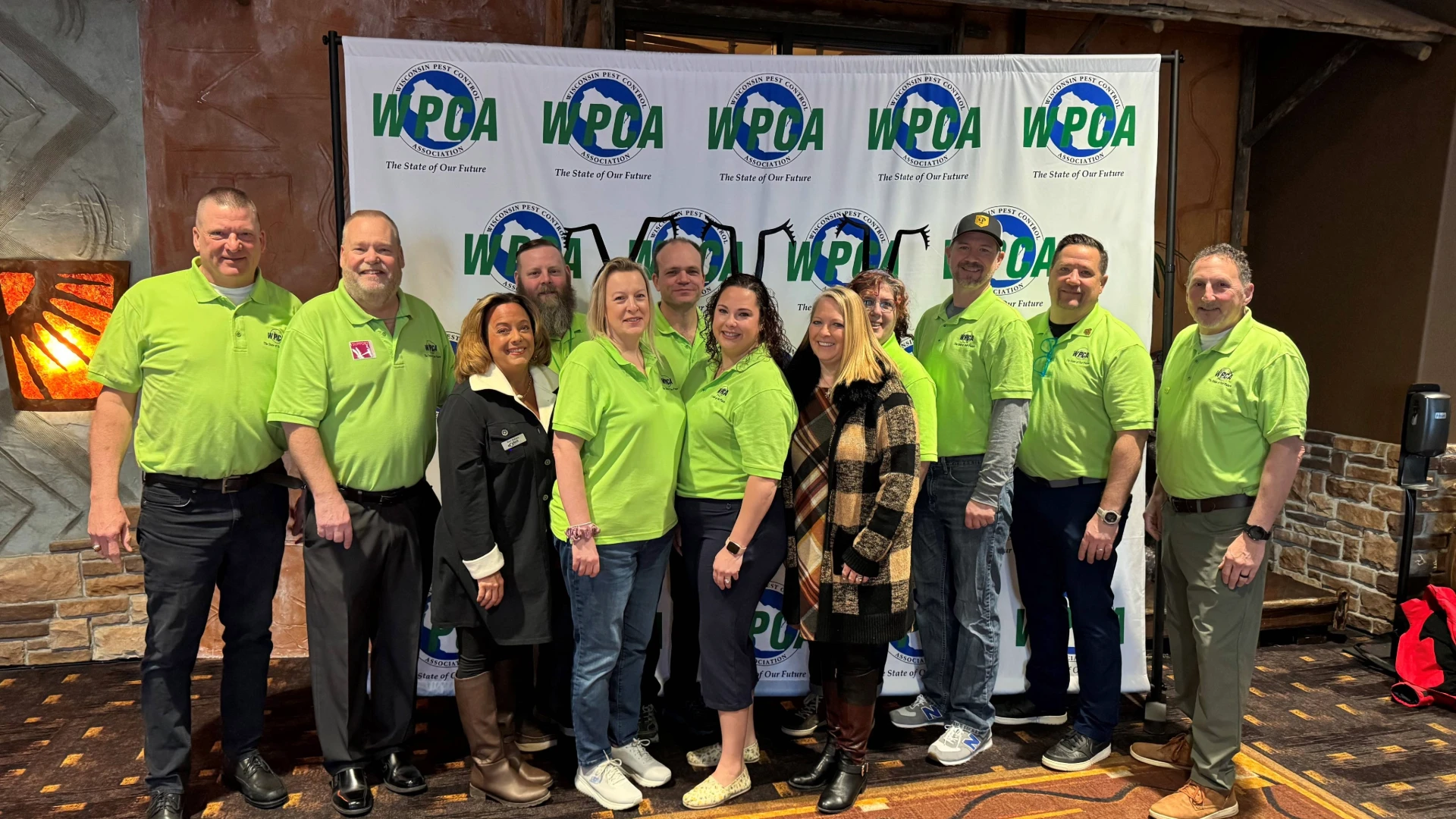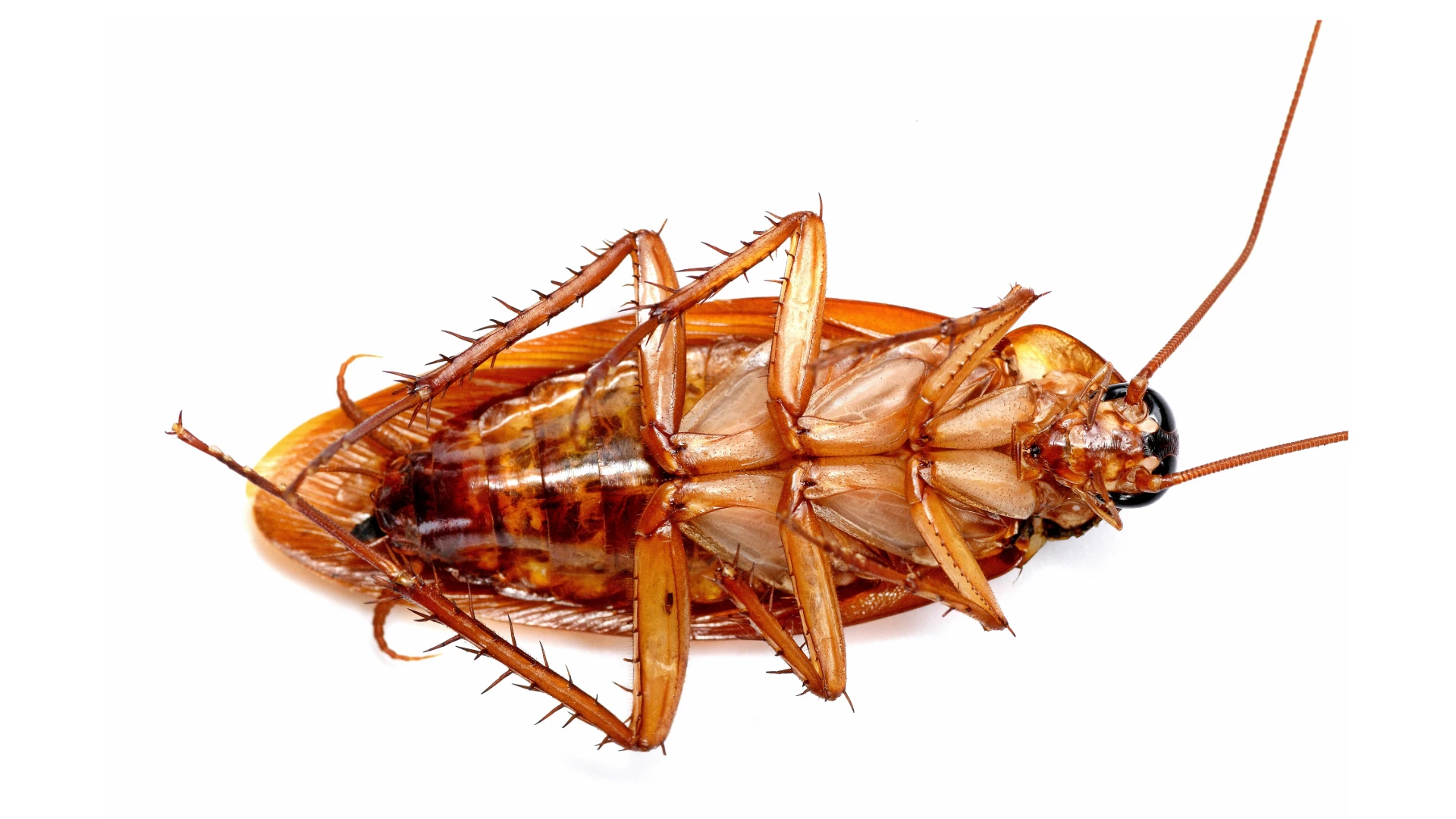 In recent years, there has been a movement of “green pest management,” focused on the use of natural and low-toxicity materials instead of conventional synthetic insecticides. The resurgence of bed bugs further bolstered enthusiasm for natural products. In particular, essential oil-based pesticides, referred to in this article as biopesticides, flourished in the consumer market.
In recent years, there has been a movement of “green pest management,” focused on the use of natural and low-toxicity materials instead of conventional synthetic insecticides. The resurgence of bed bugs further bolstered enthusiasm for natural products. In particular, essential oil-based pesticides, referred to in this article as biopesticides, flourished in the consumer market.
Many natural pesticides qualify for exemption under section 25(b) of the Federal Insecticide, Fungicide and Rodenticide Act (FIFRA), where manufacturers are not required to provide efficacy data for registration. With lax regulation and a low cost of development, manufacturers can roll out new products quickly, making bold claims such as, “the best bed bug treatment you can get on the market today,” or that a consumer can “create a barrier against bed bugs.” One product promises “the same results delivered by pest control service without evacuation.”
These products are rarely adopted by PMPs because until present, there has been no scientific data supporting such claims. Meanwhile, the public often falls victim to the lure of such grand claims coupled with other attractive claims, such as “safe for children and pets.”
Recently, the Federal Trade Commission filed deceptive advertising charges against two companies marketing allegedly unproven natural bed bug treatment products (http://1.usa.gov/XehBAk). Yet, many similar products remain on the market. Some of these products cost $50 to $100 per gallon. Do these products work? To answer this question, we tested nine commonly available biopesticides and two detergents against a field strain of bed bugs.
Study Methods. Bed bugs were collected from infested apartments in Indiana. They were maintained in the laboratory and fed weekly on defibrinated rabbit blood using a Hemotek membrane-feeding system (Discovery Workshops, Accrington, U.K.). The bugs were not fed for one week prior to bioassays. Eleven natural pesticides and two synthetic insecticides were evaluated (see the Table below, on the right). They were obtained either directly from the manufacturers or commercial distributors.
In the first experiment, we evaluated four biopesticides (EcoRaider, Bed Bug Patrol, Green Rest Easy and Essentria) and two detergents (Bed Bug 911 and Eradicator) labeled for bed bugs. Twenty large nymphs were placed on filter paper in a small plastic dish (5.5 centimeters in diameter and 1.5 centimeters in height) and then the bugs were treated with pesticide spray using a Potter spray tower at the standard application rate of 1 gallon per 1,000 square feet. Bed bugs in the control group were sprayed with water. Each treatment was replicated three times. The bugs were immediately transferred to clean 1.5 cm diameter screened plastic petri dishes after treatment. Mortality data were taken at one, three, five, seven and 10 days after treatment. They were corrected using the formula by Abbott (1925).
 Click the picture above to see the full Table of tested insecticides and pesticides Click the picture above to see the full Table of tested insecticides and pesticides |
The two most effective natural pesticides from Experiment I, five additional biopesticides and two synthetic insecticides were then tested in Experiment II. The natural pesticides included: EcoRaider, Bed Bug Patrol, Bed Bug Fix, Rest Assured, Bed Bug Bully, EcoEXEMPT IC2 and Stop Bugging Me. The two synthetic insecticides tested were Temprid SC (0.15 percent) and Demand CS (0.03 percent). All treatment procedures were the same as Experiment I.
Results. EcoRaider and Bed Bug Patrol were the most effective biopesticides in both tests. EcoRaider caused 100 percent mortality after 10 days in both tests. Bed Bug Patrol caused an average of 92 percent and 91 percent mortality after 10 days in the first and second experiment, respectively. Neither of these two products caused more than 75 percent mortality at three days after treatment.
Other natural pesticides including: Essentria, Green Rest Easy, Eradicator, Bed Bug 911, Rest Assured, Bed Bug Fix, Stop Bugging Me and EcoEXEMPT IC2 caused less than 50 percent mortality after 10 days. Among them, EcoEXEMPT IC2 was completely ineffective against bed bugs. Bed Bug Bully caused 60 percent mortality after 10 days. Temprid SC caused 100 percent mortality after three days. It was significantly more effective than Demand CS and provided much faster control than the two most effective biopesticides. The low mortality by Demand CS was probably due to moderate level of resistance among the bed bugs. The mortality in the untreated control in all experiments was less than 5 percent at 10 days after treatment.
Discussion. As had long been suspected, most of the tested natural pesticides performed poorly as direct spray against bed bugs. Only two products (EcoRaider and Bed Bug Patrol) provided high mortality after 10 days. The speed of control is much slower than Temprid SC, though. Under field conditions, bed bugs hide in cracks, crevices, creases and many other places. Under these conditions, the effectiveness of natural pesticides against bed bugs is expected to be even lower because most bed bugs may not be exposed to direct spray, and dry natural pesticide residues have no or very limited effect on bed bugs.
Despite the generally poor performance, two biopesticides showed potential as a direct spray treatment. Further investigations on EcoRaider and Bed Bug Patrol under field conditions are warranted.
The results raise immediate challenges to manufacturers, regulatory agencies and pest control product vendors. Producing, registering and marketing ineffective bed bug control products has serious economical and health impacts to the public.
The exempt status granted to natural pesticide products has created a problem. Professionals are skeptical of these products and are not likely to use them due to a lack of third-party scientific efficacy data. Consumers are vulnerable to unsupported marketing claims, creating a rich market for manufacturing these products. Rigorous testing, proper labeling and tougher registration requirements are common-sense approaches to reduce the registration of ineffective “25(b)” exempt products.
Concluding Remarks. Most of the natural pesticides evaluated failed to satisfactorily control bed bugs as direct spray. EcoRaider and Bed Bug Patrol showed promise as a bed bug control material, but at much slower speed than synthetic insecticides. Further studies under field conditions are necessary to determine effectiveness. Stricter pesticide registrations are needed to prevent further marketing of ineffective products and to protect the health and well being of consumers.
Reference
Abbott, W. S. 1925. A method of computing the effectiveness of an insecticide. Journal of Economic Entomology 18: 265-67.
The authors are with the Department of Entomology, Rutgers University, New Brunswick, N.J.

Explore the March 2013 Issue
Check out more from this issue and find your next story to read.
Latest from Pest Control Technology
- Lloyd Pest Control Treats 'Kitchen Nightmare' Cockroach Infestation
- Beach Pest Service Opens New Office in Hampstead, N.C.
- NYC PCO Growing Business with Focus on Corporate Clients
- Massey Services Promotes Silver, Crespo to Director Roles
- Recurring Services Model, Wildlife Offerings Lead to Impressive Growth for Tailor Made
- Shelters: Difficult to Manage
- NPMA Announces Recipients of 2025 Impact Awards
- Fleetio Expands Geotab Integration with Shop Network Add-In





